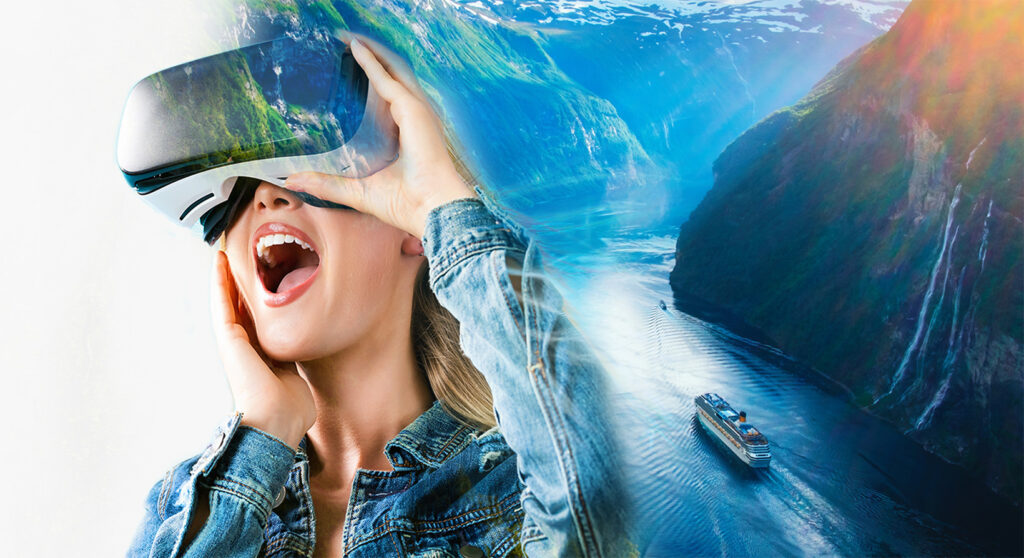Virtual and augmented reality projects have revolutionized the way we experience travel, offering immersive and interactive journeys that transcend the limitations of the physical world. By leveraging the power of Houdini software and advanced procedural techniques, creators can craft highly detailed and realistic virtual environments that transport users to the most breathtaking destinations around the globe. These virtual tours provide a unique and engaging way to explore the world, offering a level of immersion and interactivity that is unmatched by traditional forms of travel. The integration of 3D animation and virtual reality technology has opened up new possibilities for creating content for virtual environments, making it possible to experience the wonders of the world from the comfort of one’s home.
One of the key advantages of virtual and augmented reality projects is their ability to democratize travel, making it accessible to everyone regardless of their physical location or abilities. By creating in Houdini, artists and developers can design virtual experiences that cater to a wide range of interests and preferences, from historical landmarks to natural wonders. This has led to a proliferation of virtual travel experiences that offer users a unique and personalized way to explore the world. The use of procedural techniques in creating these virtual environments ensures that each experience is highly detailed and realistic, providing users with a sense of presence and immersion that is unparalleled in the digital world.
The impact of virtual and augmented reality projects on the travel industry cannot be overstated. These innovative technologies have not only enhanced the way we experience travel but also opened up new avenues for education and entertainment. By leveraging the capabilities of Houdini software and 3D animation, creators can develop virtual tours that are both informative and engaging, providing users with an opportunity to learn about different cultures and landscapes while being immersed in a visually stunning environment. The ability to explore these virtual worlds at one’s own pace and convenience has made virtual travel an increasingly popular choice among modern travelers, who are seeking unique and memorable experiences that go beyond the traditional tourist attractions.
As the virtual reality industry continues to evolve, we can expect to see even more exciting developments in the field of virtual and augmented reality projects. With advancements in machine learning and artificial intelligence, the possibilities for creating immersive and interactive virtual experiences are virtually limitless. From personalized virtual tours to adaptive and responsive virtual environments, the future of virtual travel is bright and full of potential. By embracing these technological innovations, we can redefine the way we experience travel, opening up new horizons for adventure and discovery in the digital age. The journey of exploring the world through virtual and augmented reality projects is an ongoing process of exploration and discovery, as creators and users alike continue to push the boundaries of what is possible in the digital world.
